America's beloved historic attractions at most risk today
America's most endangered places
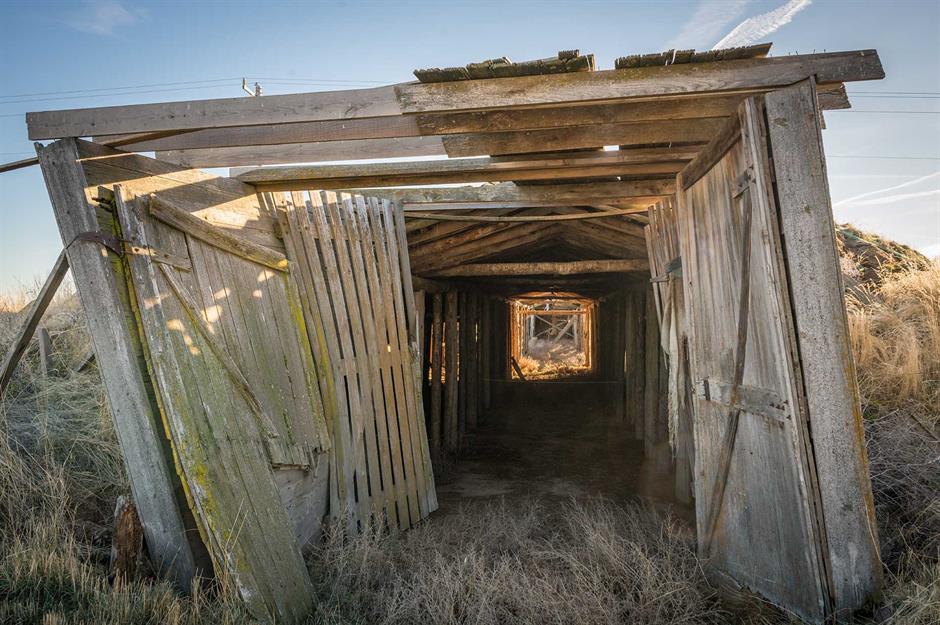
There are endangered places all over the world, and America has its fair share. Compiled by the National Trust for Historic Preservation, this list of America's Most Endangered Historic Places for 2022 ranges from sacred grounds to sites of injustice and places of creative expression, each representing a key part of America's expansive history. They are all also at critical moments in their own histories – threatened by erosion, vandalism, neglect and more – and change is urgently needed if they are to maintain their places in America's cultural landscape.
Camp Naco, Naco, Arizona
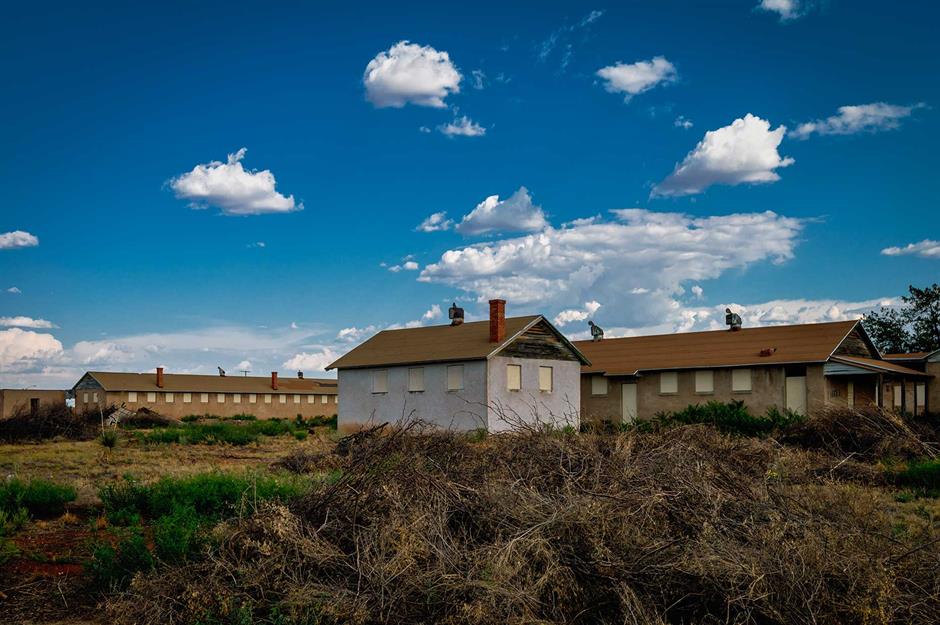
Pictured here is Camp Naco, a former military camp used between 1919 and 1923. The adobe buildings were a significant site for Buffalo Soldiers and Black regiments who served in the (then-segregated) army following the Civil War. It was primarily used to create a more permanent military presence and stabilise the US-Mexico border during the Mexican Revolution.
Camp Naco, Naco, Arizona
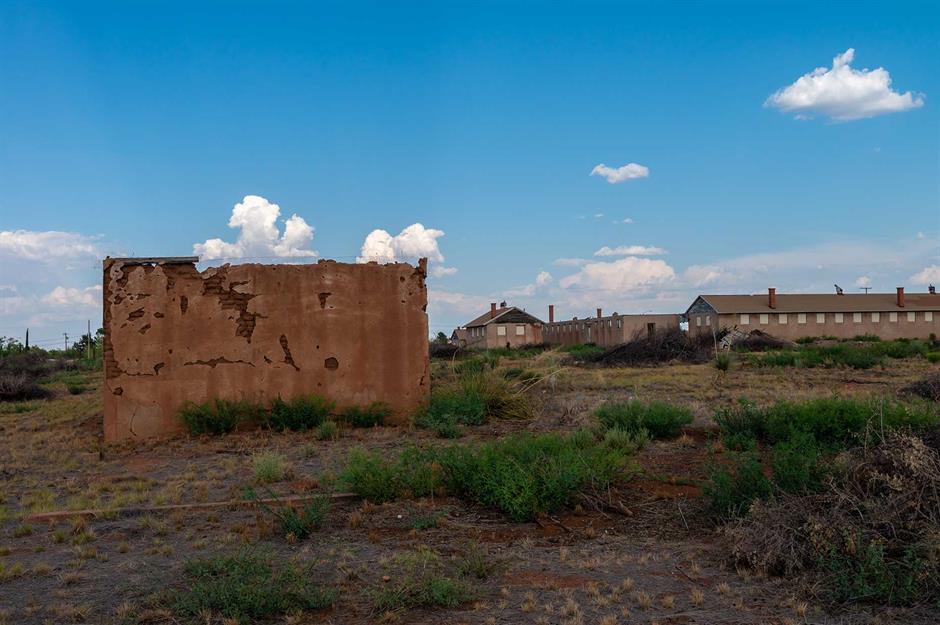
Today, Camp Naco is the last of 35 permanent camps built at that time, but it has seen vandalism, exposure, erosion and fire over the years. Various organisations hope to secure funding to restore the historic buildings for community and educational uses, heritage tourism and to recognise the crucial role of the Buffalo Soldiers in the American Southwest.
Francisco Q. Sanchez Elementary School, Humåtak, Guam
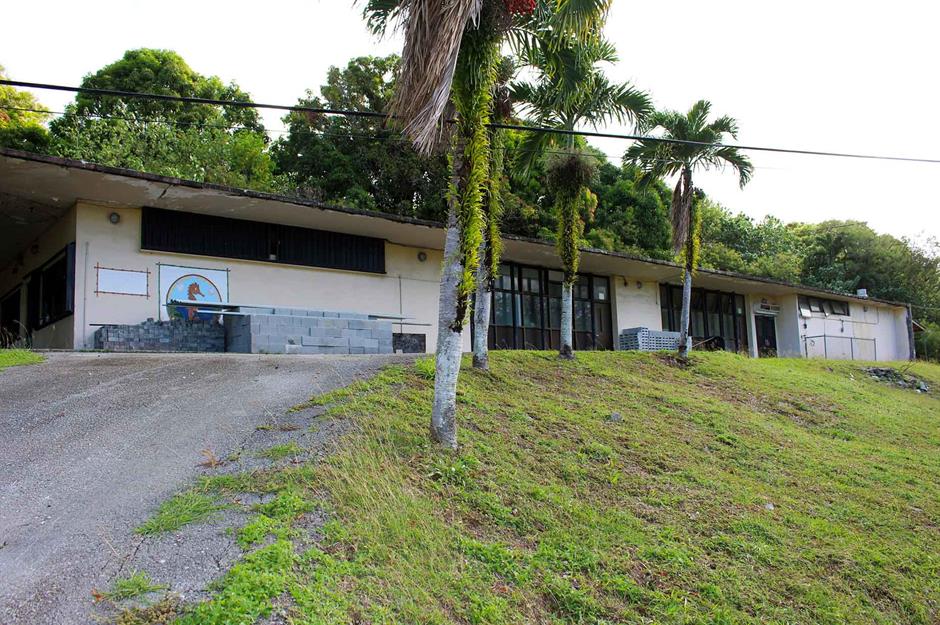
Named after the first principal who was an early pioneer of historic and cultural preservation in the village, the Francisco Q. Sanchez Elementary School served as one of Humåtak’s only schools between 1953 and 2011. Humåtak is located in Guam, a US territory in Micronesia.
Love this? Follow our Facebook page for more travel inspiration
Francisco Q. Sanchez Elementary School in Humåtak, Guam
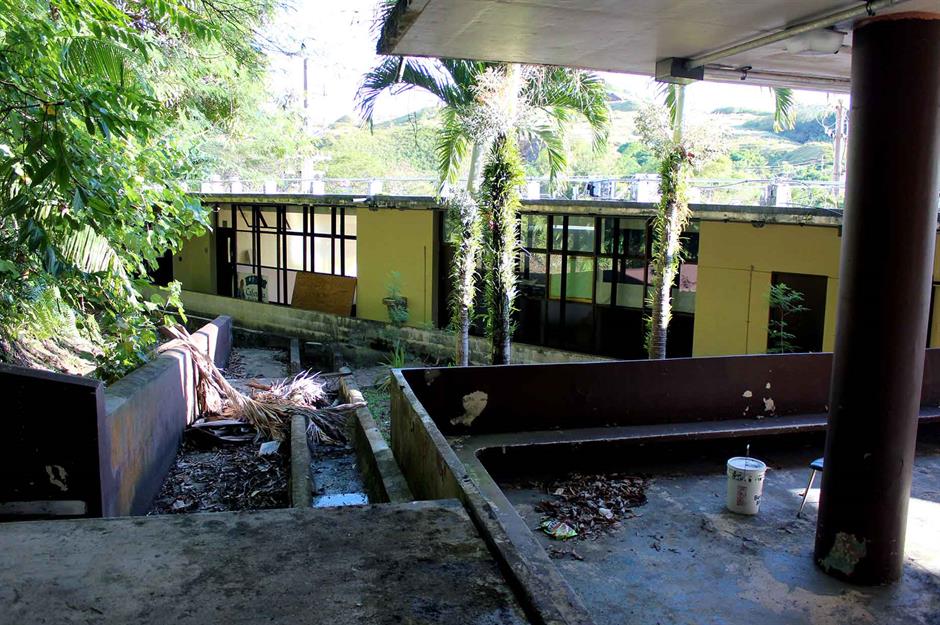
The Modernist building closed due to declining funding and remains in an unusable and vacant state, although it’s hoped funding will eventually transform the deteriorating site into a mayor’s office, charter school, senior centre, community café and polling place.
Palmer Memorial Institute, Sedalia, North Carolina
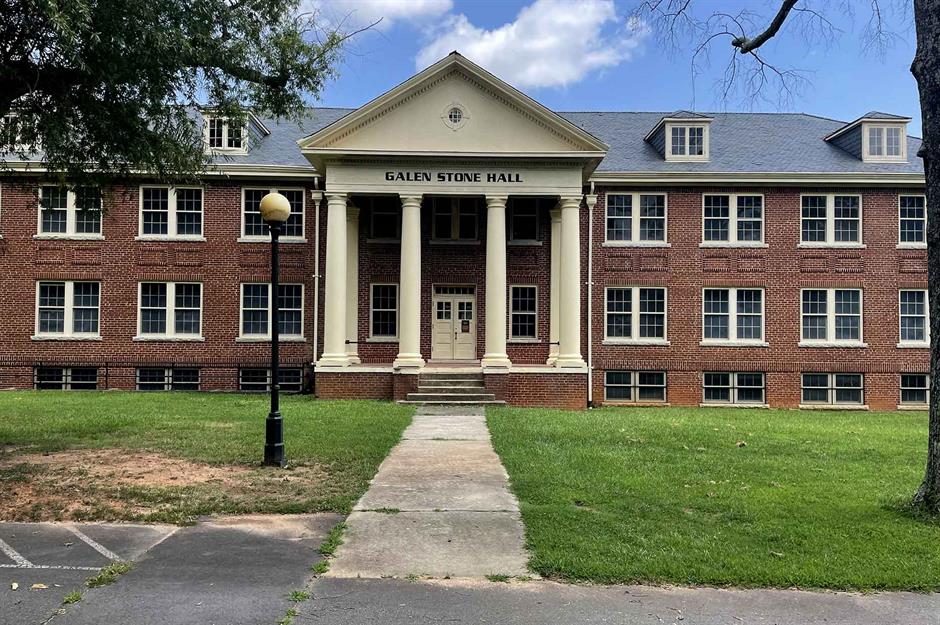
The prestigious Palmer Memorial Institute was founded in 1902 by Dr Charlotte Hawkins Brown, and by 1922 it was one of the only African American high schools accredited by the Southern Association of Colleges and Secondary Schools. It was also the only finishing school of its kind in the US. At its height, the campus consisted of 14 buildings spread over 300 acres of land and transformed the lives of well over one thousand African American students over the course of almost 70 years.
Palmer Memorial Institute, Sedalia, North Carolina
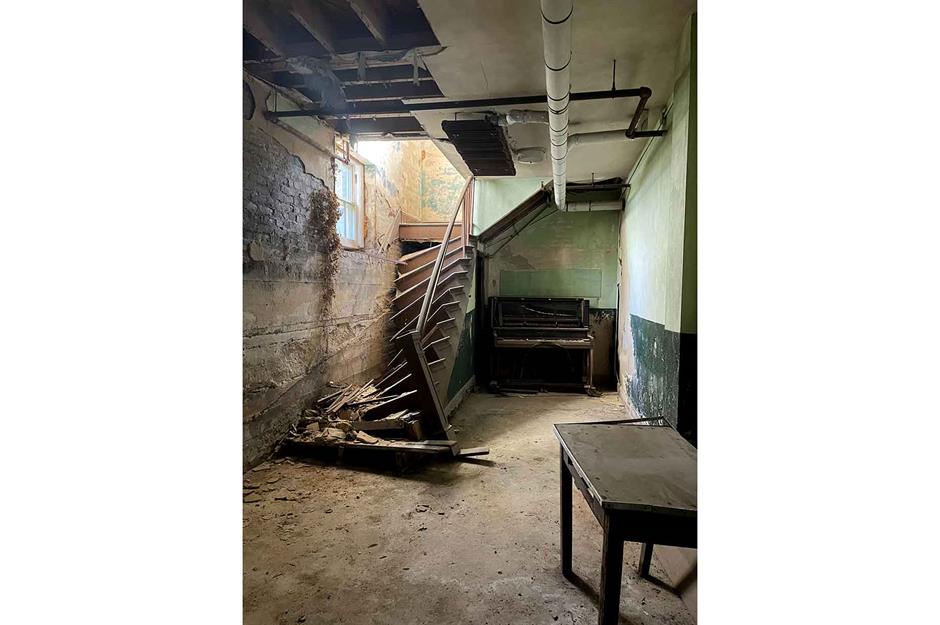
However, declining enrolment (due to desegregation), increasing costs and a severe fire caused the site to eventually close in 1971. While there’s a museum dedicated to Dr Brown here, three former dormitories remain vacant and are deemed no longer safe to visit. It’s hoped that the dorms can one day be restored to tell the story of students' lives here at this anchor of the community.
Check out these captivating then-and-now images of America's Old West
Brown Chapel AME Church, Selma, Alabama
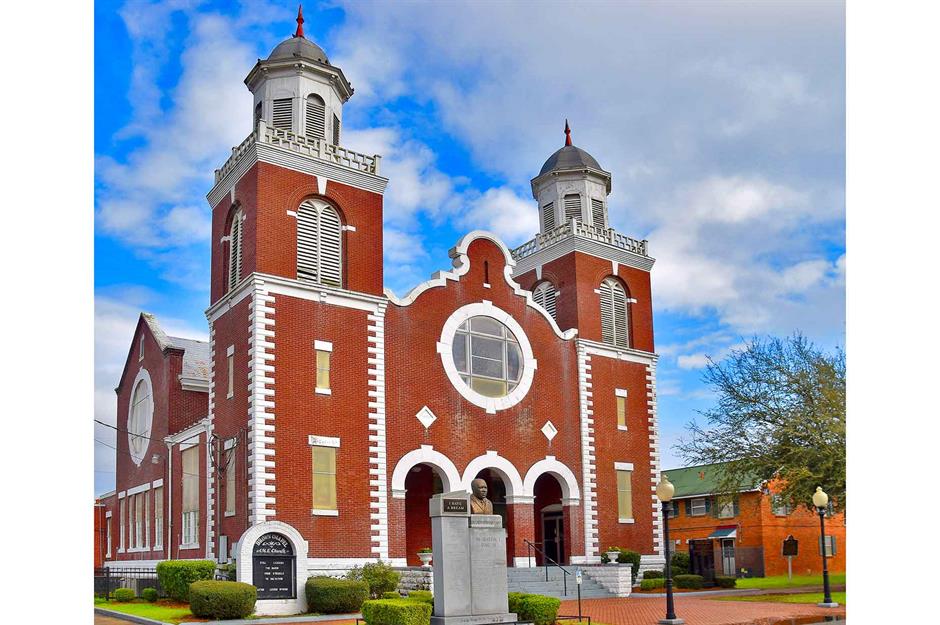
This National Historic Landmark played a vital role in the Selma to Montgomery marches which led to the Voting Rights Act of 1965. Built in 1908 by the formerly enslaved AJ Farley, Brown Chapel AME Church once provided a sanctuary to civil rights activists and church members planning protests. Its significant political history continued; this was also the starting point for Bloody Sunday on 7 March 1965, when marchers trying to cross the Edmund Pettus Bridge were beaten back by Alabama State Troopers.
Brown Chapel AME Church, Selma, Alabama
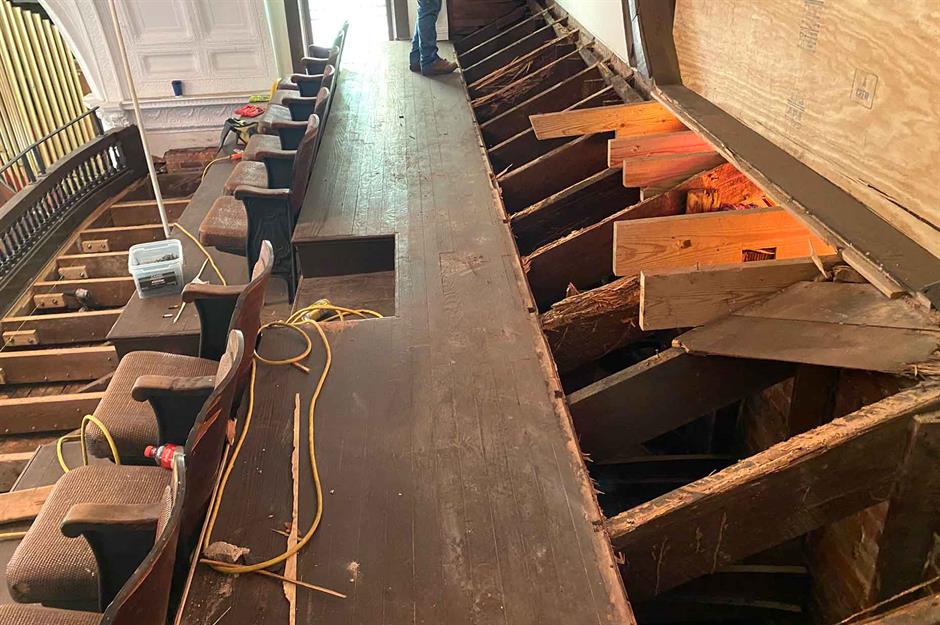
Severe termite damage was recently discovered, forcing the chapel to close its doors. It's received some funding but requires more to be able to reopen, and is currently seeking partnerships, resources and support to continue serving its community – and being a beacon of hope for change and equality.
Picture Cave, Warren County, Missouri
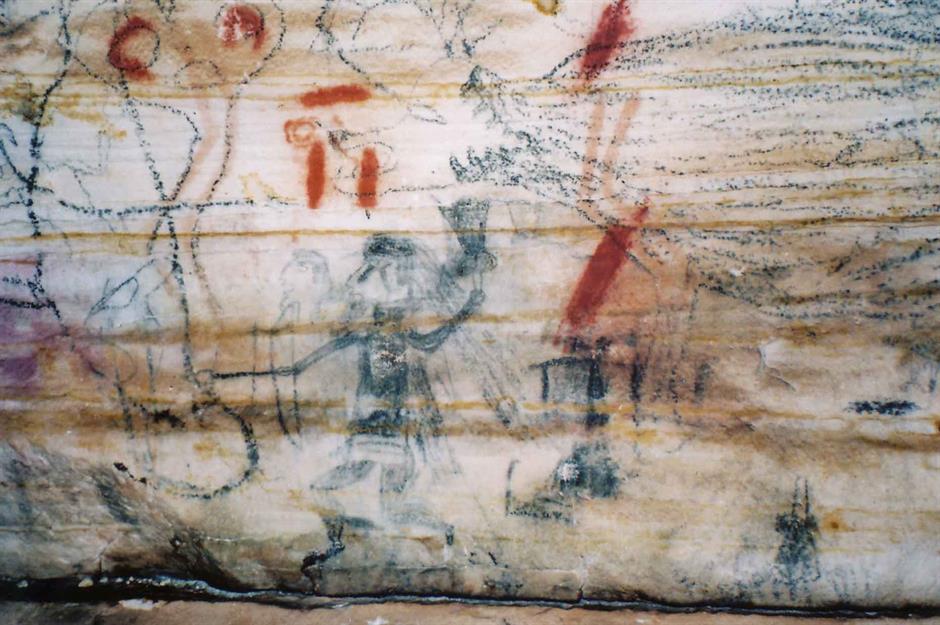
Hundreds of pictographs adorn these cave walls in Warren County, considered among the most important links to the lifeways of Missouri’s Osage ancestors. The rock art dates from the Late Woodland and Mississippian periods of Osage history (AD 500-1300) and is some of the finest of its kind in North America.
Picture Cave, Warren County, Missouri

For the past hundred years, vandals have carved their names into the walls and looted burial treasures. Worse still, in 2021 the property was sold to an anonymous buyer and it’s still unknown whether they’re aware of its cultural and spiritual significance, or if they plan to physically modify the site. Despite the Osage Nation repeatedly reaching out to them, they have yet to hear back…
Deborah Chapel, Hartford, Connecticut
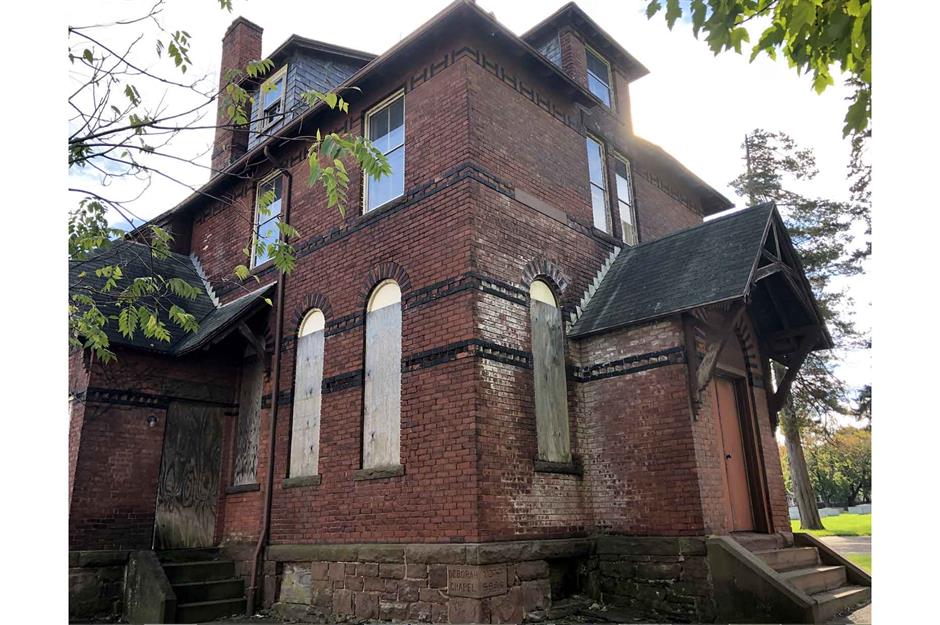
This rare and early American example of an intact Jewish funerary structure was built in 1886. Owned by the Hartford Ladies’ Deborah Society, the chapel represented strong female leadership in 19th-century Jewish religious and communal organisations. The building acted as the Chevra Kadisha ('Holy Society') which prepared bodies for proper burial aligned with Jewish law.
Deborah Chapel, Hartford, Connecticut
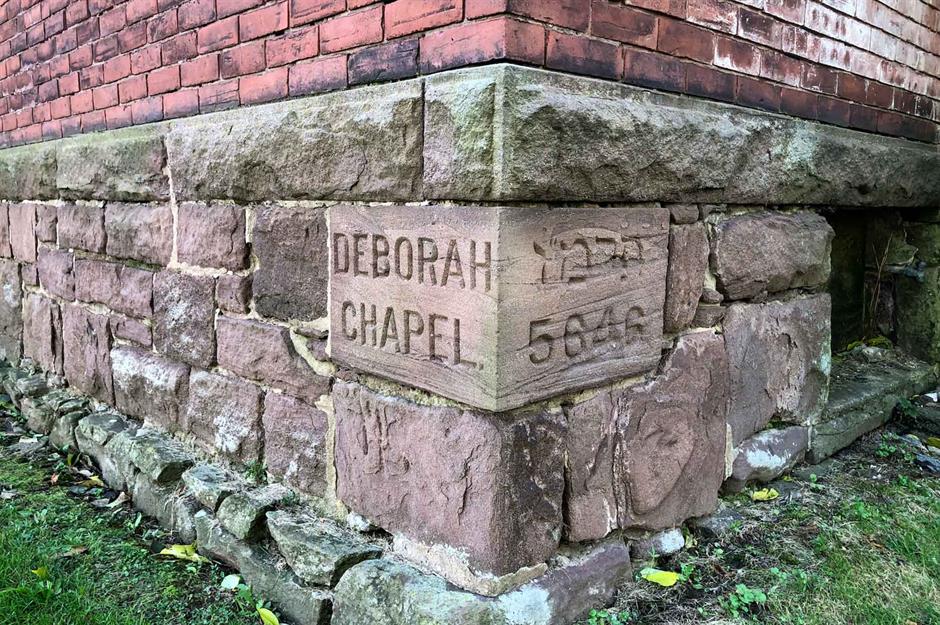
Vacant since the 1990s, the quaint building still stands out in the Beth Israel Cemetery and the Frog Hollow neighbourhood. Sadly, permission was recently granted to demolish the historic site, although advocates are urging the owner to reconsider and find a new use for the building, or to transfer its ownership to guarantee its preservation.
Brooks-Park Home and Studios, East Hampton, New York
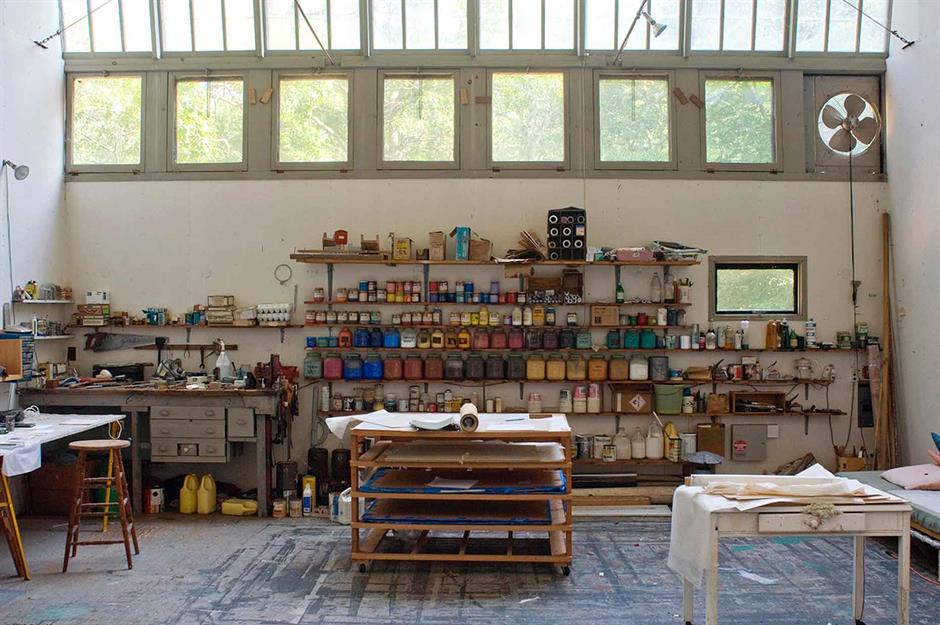
The home and creative space of Abstract Expressionist artists James Brooks (1906-1992) and Charlotte Park (1918-2010) covers 11 acres and demonstrates their bond with their environment, and its influence on their art.
These are the fascinating new museums opening around the world in 2022 (and beyond)
Brooks-Park Home and Studios, East Hampton, New York
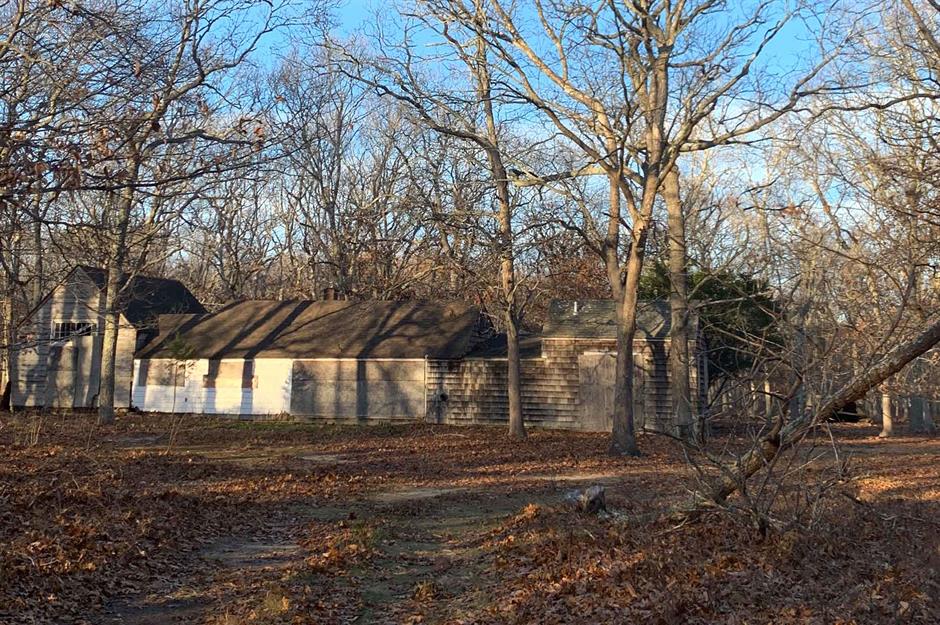
Following Park’s death in 2010, vandalism, wildlife and neglect had a devastating effect on the site, which is still deteriorating. In 2014 it was designated a local landmark and, following a (hopefully successful) vote to approve its preservation, there are plans to repurpose the building as a community arts and nature centre celebrating both artists' legacies.
Chicano/a/x community murals, Denver, Colorado
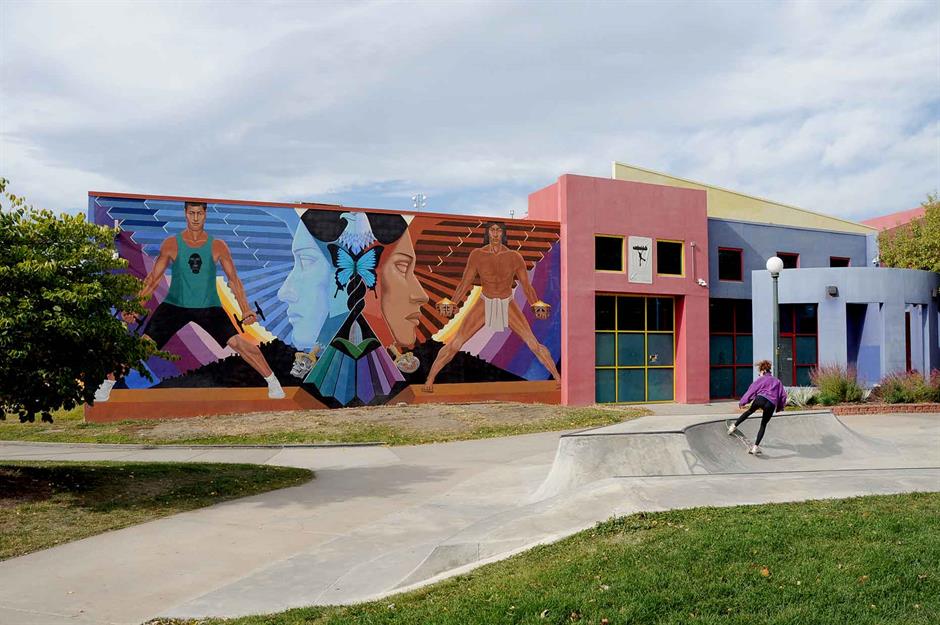
Across cities in Colorado you’ll spot more than 40 Chicano/a/x community murals depicting overlooked (and erased) histories about why Hispanos, Chicanos and Mexican Americans were vital to those areas' developments. The movement began in the 1960s and 1970s, combining political activism with cultural education in arts, with themes including Spanish colonisation of the Americas and contemporary issues like land loss and forced migration.
Chicano/a/x community murals, Denver, Colorado

Today, the storytelling murals are under threat in gentrified areas, along with the time-pressure of restoration under the guidance of the ageing original artists. Some artworks have already been lost or painted over. The Chicano/a/x Murals of Colorado Project is looking for support to preserve these cultural treasures.
Original Jamestown site, Jamestown, Virginia
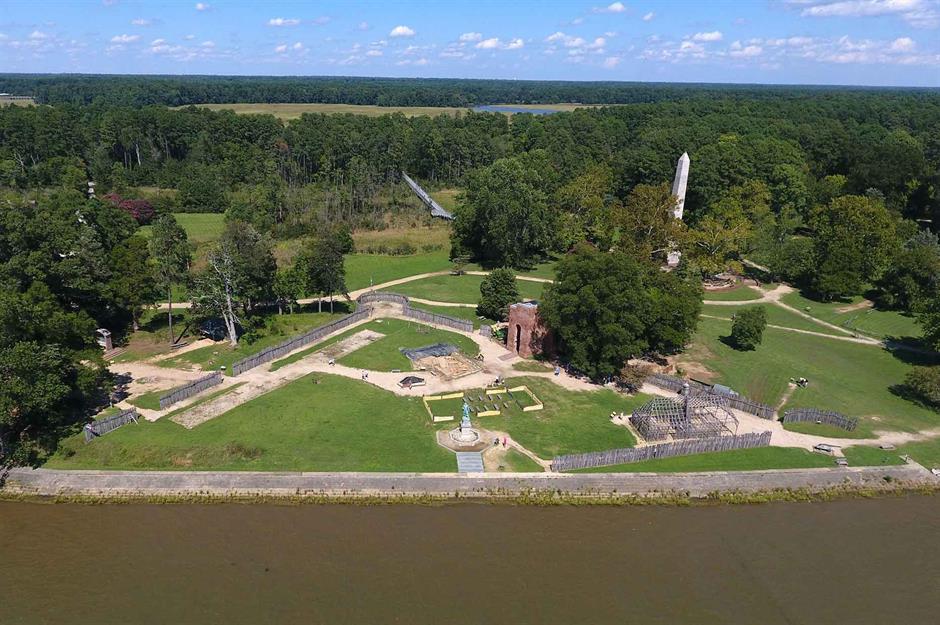
Jamestown was the original site of the first permanent English settlement in North America, but, after the capital moved to Williamsburg in 1699, remnants of early Jamestown slowly disappeared through land use and natural erosion. Archaeological efforts by Preservation Virginia – which owns the site – uncovered 85% of the 17th-century fort, buildings and millions of artefacts.
Original Jamestown site, Jamestown, Virginia
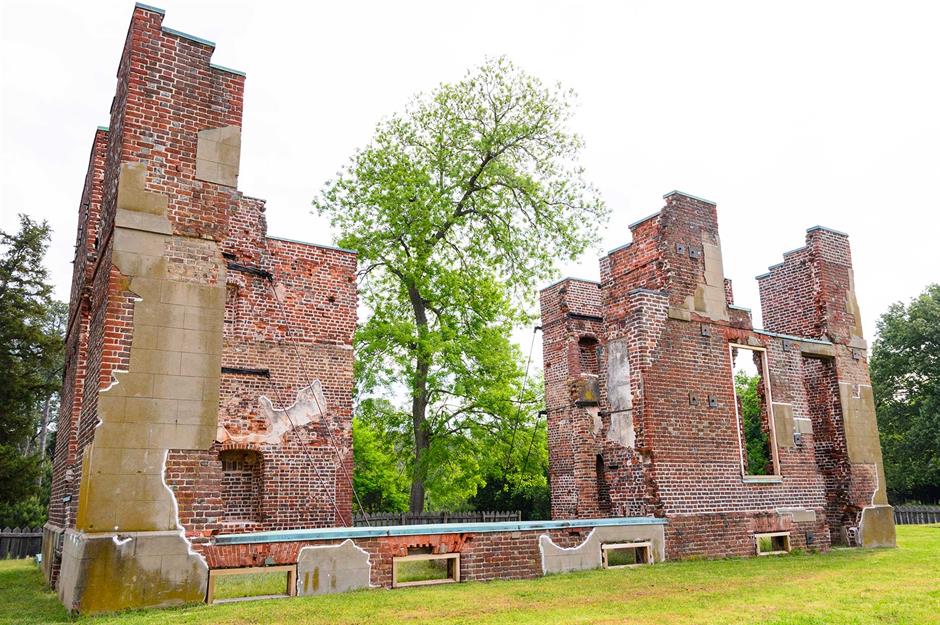
Due to rising sea levels, storms and recurring flooding, the original Jamestown site is now threatened. Already on fragile land and home to important cultural resources, climate change has taken a devastating toll. The Jamestown Rediscovery Foundation has sought solutions to adapt the site, but additional ongoing climate change mitigation plans are still needed.
Minidoka National Historic Site, Jerome, Idaho
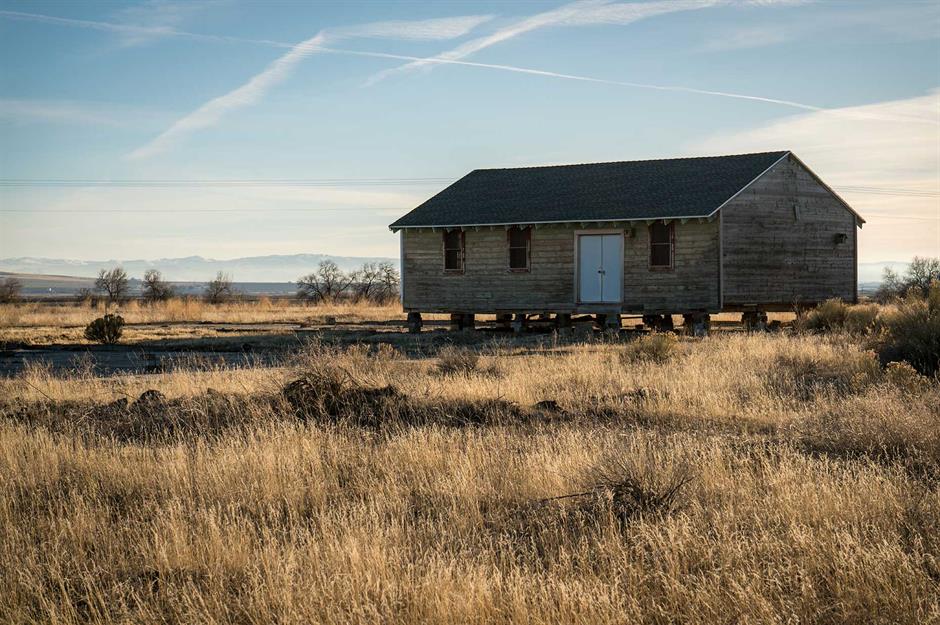
In 1942 some 13,000 Japanese Americans were forcibly moved to the Minidoka War Relocation Camp, a violation of constitutional rights by the US government. They lived in harsh, cramped conditions and were not only surrounded by barbed wire but guarded by military police too. The site eventually closed in 1945 and was later named a National Monument and National Historic Site.
Minidoka National Historic Site, Jerome, Idaho
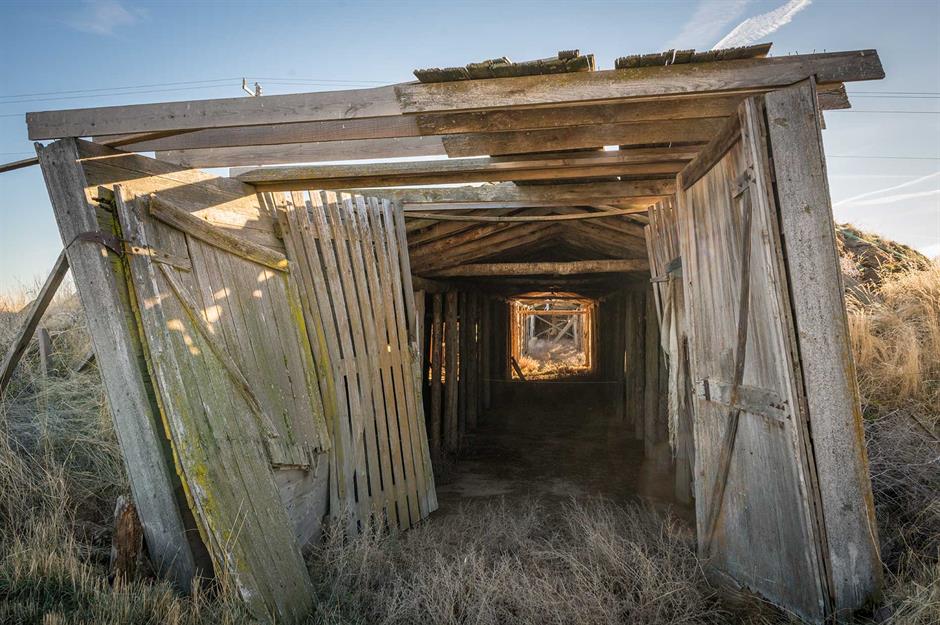
Today the site highlights its rural, isolated location and gives visitors an insight into the difficult realities of America’s past. There are controversial plans to construct gigantic wind turbines here which would significantly change the landscape. However, Friends of Minidoka and partners are urging that it be protected as a place for learning and healing.
Olivewood Cemetery, Houston, Texas
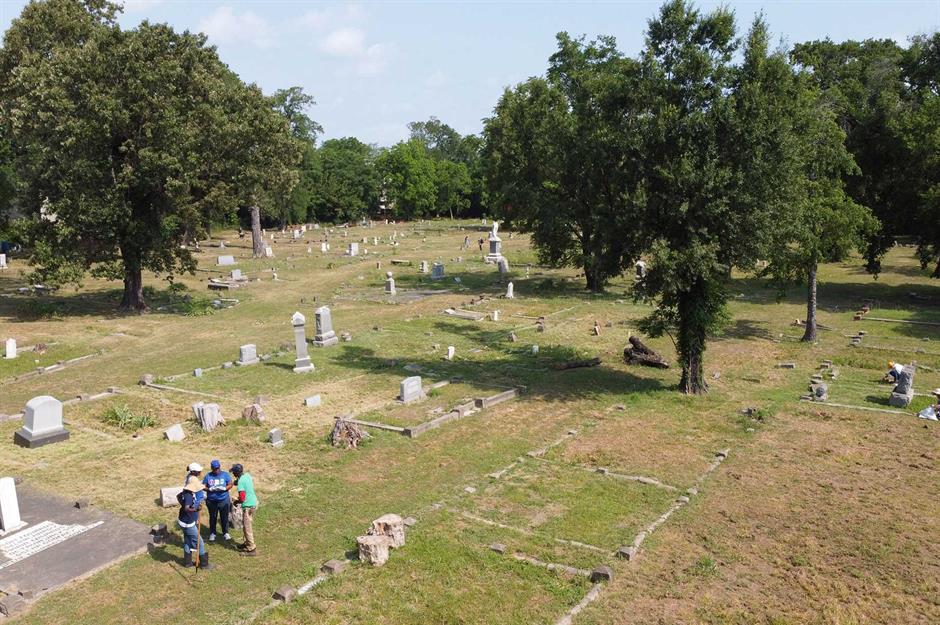
One of the oldest-known platted African American cemeteries in Houston is home to more than 4,000 burials, which took place on the 7.5 acre site across a century. Olivewood Cemetery was incorporated in 1875 but changing demographics and increased development led to the site’s decline and eventual abandonment. The sombre site illustrates unique African American burial practices with the likes of ocean shells used as grave ornaments, upside-down text and upright pipes as grave features.
Discover these haunting photos of the world's abandoned sacred places
Olivewood Cemetery, Houston, Texas
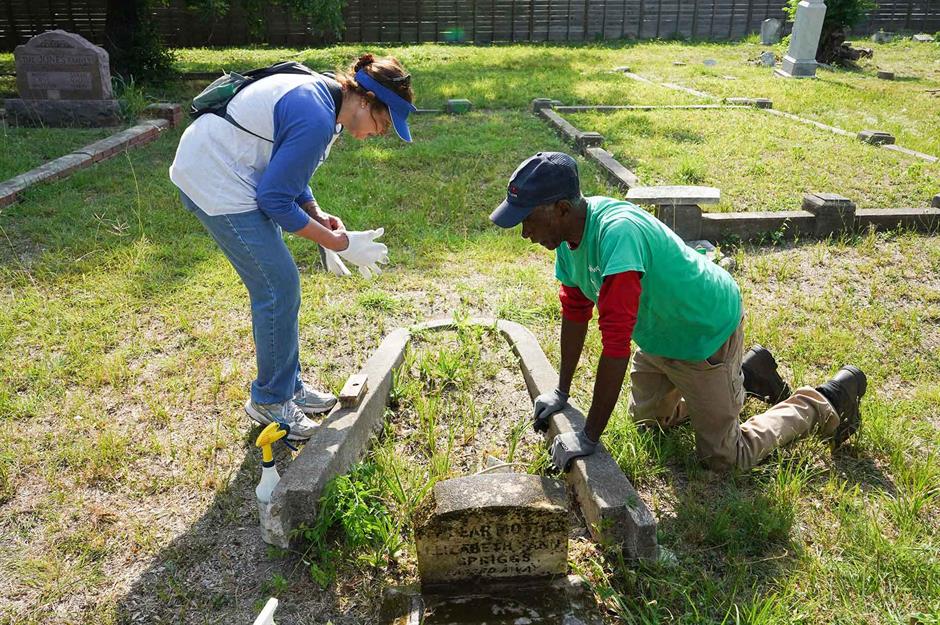
Olivewood Cemetery has seen decades of neglect, vandalism and uncontrolled invasive vegetation, but climate change has impacted it most significantly. The nonprofit Descendants of Olivewood, Inc. has legal guardianship and while it has already studied the threats of flooding erosion and identified protective measures, more funding and partnerships are needed to implement the plans.
Now read the best North American destinations to visit with your EV
Comments
Do you want to comment on this article? You need to be signed in for this feature